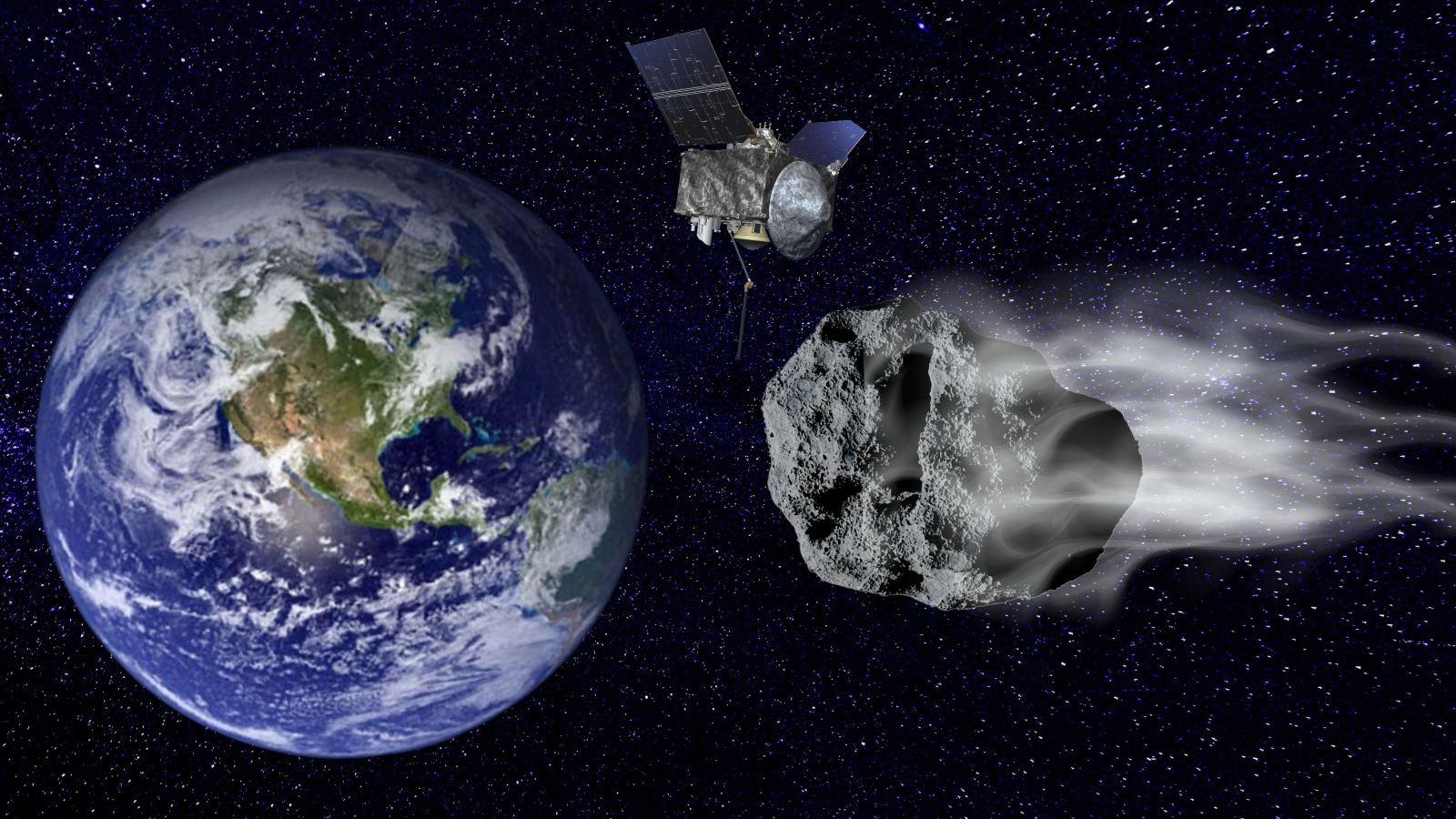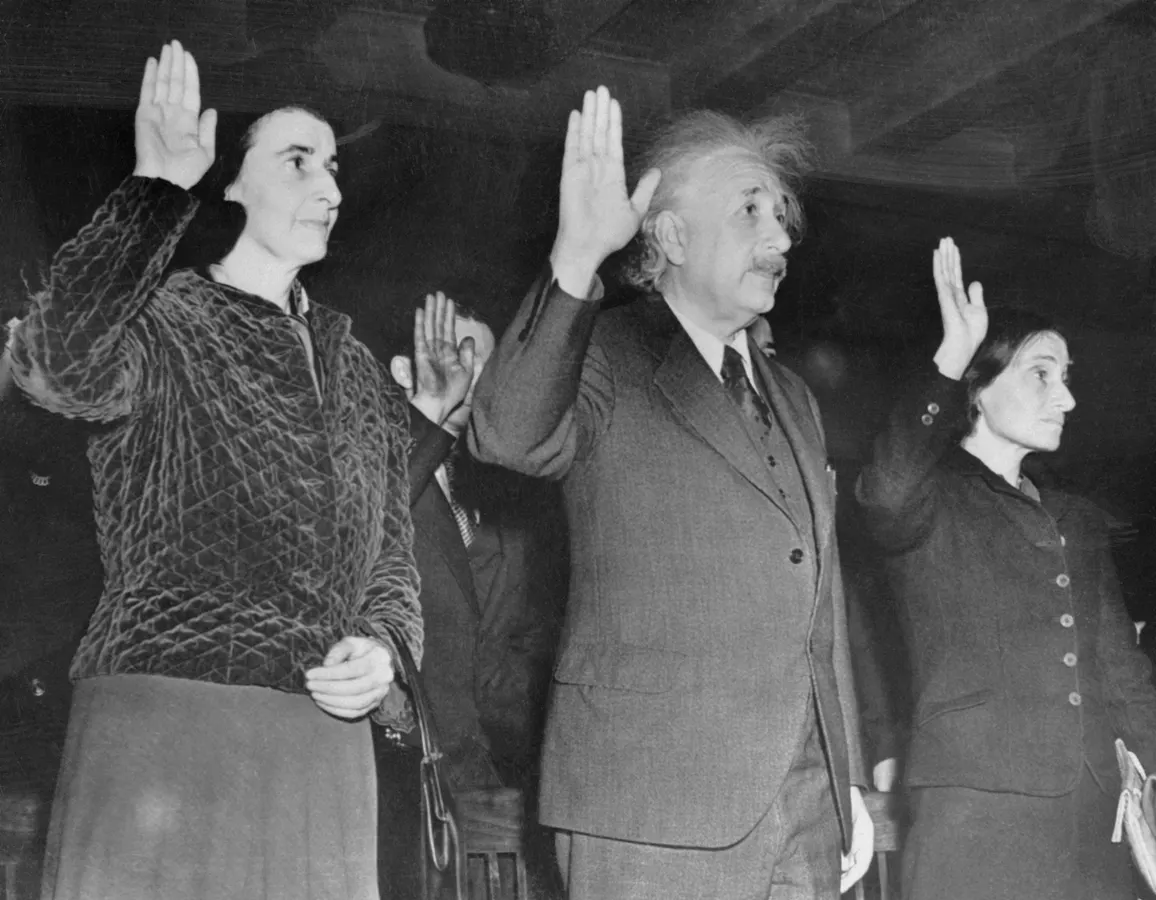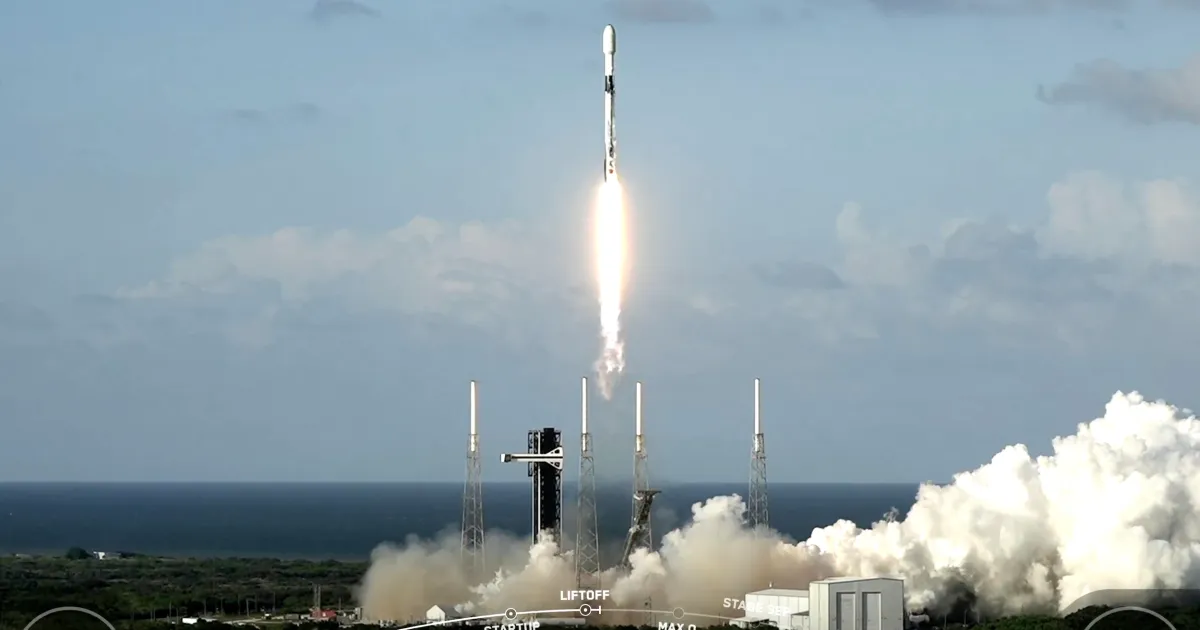‘God of Chaos’ asteroid Apophis will fly by Earth in April 2029 – and these 3 space probes will be watching

A trio of missions are on track to intercept and study the near-Earth asteroid Apophis during its close encounter with our planet in 2029.
The 1,100-foot-wide (340 meters) asteroid Apophis is set for a close but non-threatening brush with Earth on Friday, April 13, 2029, and agencies across the world are looking to make the most of this unique opportunity.
Ramses (short for “Rapid Apophis Mission for Space Safety”), a European Space Agency (ESA) mission being built on the heritage of the Hera mission to follow up on the asteroid targeted by NASA’s DART planetary defense mission, is progressing well, according to Monica Lazzarin, a professor at the University of Padua in Italy. Lazzarin presented an update on the mission at the Europlanet Science Congress (EPSC) and Division for Planetary Sciences (DPS) in Helsinki on Sept. 8.
Ramses, scheduled to launch in spring 2028, aims to get up close to Apophis and characterize the asteroid in detail, including its orbit, rotational state, internal structure, and surface changes, and study how the natural tidal forces from the planetary close encounter with Earth affect it, said Lazzarin.
The mission, however, requires a final funding decision from the crucial ESA Ministerial Council in Bremen, Germany, in late November, when the agency’s member states get together to make key decisions on future space missions and strategies.
If it flies, Ramses will also carry two cubesats that will be released before the close encounter, one of which might land on the asteroid, carrying a navigation camera, seismometer, and magnetometer. The mission will also involve international cooperation, with the Japan Aerospace Exploration Agency (JAXA) providing a thermal infrared camera and other instruments.
Beyond this, JAXA has its own plans to visit Apophis. Its DESTINY+ mission, designed to study the parent body of the Geminid meteor shower, has been hit by delays in the development of the rocket it was initially planned to launch on, the Epsilon S solid-fuel rocket.
The delay has brought a new opportunity, however, and the mission will now also encounter Apophis before heading for its ultimate destination, the asteroid 3200 Phaethon. Lazzarin stated that Ramses will launch with DESTINY+ on a Japanese flagship H3 rocket.
NASA is also involved in observing Apophis. The agency’s OSIRIS-APEX, an extended mission from the agency’s project to sample the asteroid Bennu, is on course and preparing for the encounter with Apophis, Michael Nolan, the mission’s deputy principal investigator, said at the EPSC-DPS meeting.
While this mission is already in space and en route, its status is undecided. The Trump administration’s budget request earlier this year would see OSIRIS-APEX canceled. Despite budgetary challenges, the mission is proceeding with plans for the asteroid encounter, assuming continuation, with hopes that Congress passes a bill containing language that would save the mission.
Together, the three spacecraft will, if all goes well, combine for a greater understanding of Apophis and its encounter with Earth than otherwise possible. Operational teams are discussing coordination activities to optimize observations and data collection.
“The spacecraft have different strengths,” said Nolan. “With the science teams talking to each other, we can say, ‘If you make this observation, we can make that observation,’ and that’s a better thing than either of us could do separately.”



